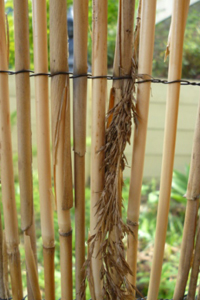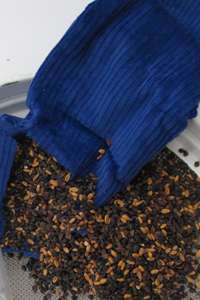The risk to Australia
Weeds cost the Australian economy billions of dollars in control measures and lost income each year. They reduce agricultural production by competing with crops, introducing crop diseases and restrict our ability to trade internationally by contaminating crops and wool. They can also bring plant disease, degrade natural ecosystems and endanger native Australian plants and the animals that rely on them.



Note: images are not to size
Weeds compete with native plants, crops and wanted non-native plants for water, nutrients and light. They can host crop diseases and pests.
While some native plants have become weeds of natural ecosystems, most of Australia’s weeds have been accidentally introduced or were introduced for agricultural or ornamental purposes in the past.
What weeds and their seeds look like
Weeds and their seeds come in all shapes and sizes. However, most weed species that are easily spread produce seeds that are either:
- very small and therefore get distributed with soil and easily lodge in cracks and crevices
- the same size or weight as the seeds of the crop with which they are growing, and therefore difficult to separate
- able to fly or stick to rough surfaces due to appendages.
What to look for
Look for seed heads, capsules or pods on any imported goods made from plants such as wicker and straw products, thatching and screens. You should also look for potential weeds or unusual seeds and check shipping containers for dirt or plant debris. Look out for plants with fluffy air-borne seeds growing in the vicinity of import and export storage facilities.
SEE. SECURE. REPORT.
If you see a biosecurity risk or suspected plant disease, secure the plant or goods to limit the spread of disease where possible and immediately report it to the Department of Agriculture, Fisheries and Forestry on 1800 798 636.
For safety, consult a departmental plant pathologist before handling diseased plants.
